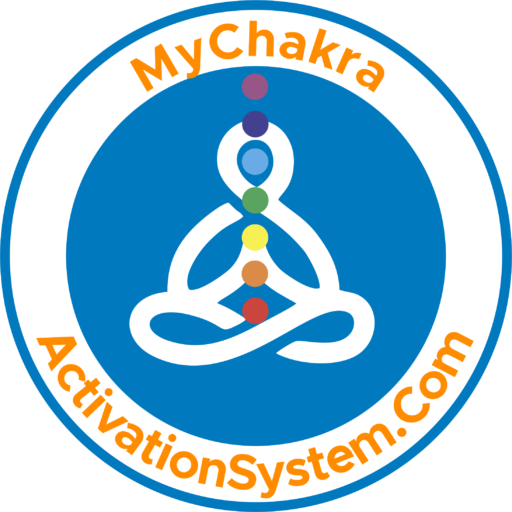The Subtle Body and Chakras
The subtle body is an integral concept in various spiritual practices, including yoga and Hinduism. It refers to the non-physical aspect of our being, composed of energy and consciousness. While it cannot be seen with the naked eye, it is often represented through colorful symbols known as chakras.
The Origins of Chakras
The origins of chakras can be traced back to ancient India, with roots in Hinduism and Tantra. The word “chakra” itself is derived from Sanskrit and translates to “wheel” or “disk.” These energy centers are believed to be interconnected and aligned along the spine, from the base to the crown of the head.
Chakras are depicted as vibrant, spinning wheels of energy, each associated with specific qualities and functions. While there are various interpretations and systems of chakras, the most commonly recognized system consists of seven main chakras:
The Seven Main Chakras
1. Root Chakra (Muladhara): Located at the base of the spine, this chakra is associated with stability, security, and grounding.
2. Sacral Chakra (Svadhisthana): Situated in the lower abdomen, this chakra is linked to creativity, sexuality, and emotional well-being.
3. Solar Plexus Chakra (Manipura): Found in the upper abdomen, this chakra is associated with personal power, confidence, and self-esteem.
4. Heart Chakra (Anahata): Located in the center of the chest, this chakra represents love, compassion, and emotional balance.
5. Throat Chakra (Vishuddha): Situated at the throat, this chakra is connected to communication, self-expression, and authenticity.
6. Third Eye Chakra (Ajna): Found between the eyebrows, this chakra is associated with intuition, insight, and spiritual awareness.
7. Crown Chakra (Sahasrara): Located at the top of the head, this chakra represents higher consciousness, spiritual connection, and enlightenment.
Interpreting Chakras
While the seven main chakras are widely recognized, different interpretations and systems may include additional chakras or variations in their qualities. Some practitioners may focus on balancing and aligning the chakras to promote physical, emotional, and spiritual well-being.
Each chakra is believed to correspond to specific physical, emotional, and spiritual aspects of our being. When these energy centers are balanced and flowing harmoniously, it is believed to contribute to overall health and vitality. However, blockages or imbalances in the chakras can lead to physical or emotional discomfort.
Various practices, such as yoga, meditation, and energy healing, can be used to cleanse, activate, and balance the chakras. By working with the subtle body and chakras, individuals seek to enhance their self-awareness, promote healing, and deepen their spiritual journey.
While the concept of chakras may have originated in ancient traditions, it continues to be relevant and embraced by individuals seeking a holistic approach to well-being. Whether you see the chakras as symbolic representations or tangible energy centers, exploring and understanding the subtle body can offer insights into our interconnectedness and the potential for personal growth.
